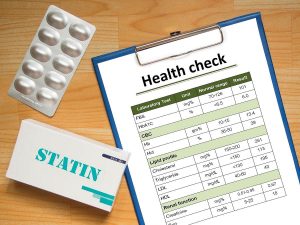
A looming presidential election, continued economic struggles and the threat of gun violence have a rising number of Americans more anxious this year compared to last, a new poll finds. The survey, conducted in early April among 2,000 adults by the American Psychiatric Association (APA), found 43% of respondents saying they were more anxious this year than last. That’s a higher percentage than was found in polls conducted in 2023 (37%) or 2022 (32%) , the APA noted. Seventy percent of adults say they’re worried about current events, particularly the economy (77%), the upcoming election (73%) and news of gun violence (69%). “Living in a world of constant news of global and local turmoil, some anxiety is natural and expected,” APA president Dr. Petros Levounis said in a news release. “But what stands out here is that Americans are reporting more anxious feelings than in past years. This increase may be due to the unprecedented exposure that we have to everything that happens in the world around us, or to an increased awareness and reporting of anxiety.” Other issues weighing heavily on Americans’ minds: Keeping themselves or their families safe, 68% Keeping their identity safe, 63% Their health, 63% Paying bills or expenses, 63% The opioid epidemic, 50% The impact of emerging technology on day-to-day life, 46% Climate change, 55% When asked what daily factors… read on > read on >

































-300x200.jpg)




